Sumatra Archeology - Part I : Barus (5)
Please read Sumatra Archeology - Part I: Barus (1)
Artifact: Tombstone
Site Name: Mahligai Cemetery (Makam Mahligai)
Location: Sihorbo, North Barus, Central Tapanuli Regency, North Sumatra 22564
Comment on these artifacts :
These are the two tombstones on the site, which aged will not be older than the 17th century. One (Figure 1) is on top of the hill as are generally ancient tombs on this site. The tombstone has long been discovered and known and has been studied by researchers. But the second tombstone (Figure 2) is different, it is not on the hill, but on the hillside, on the part that is closer to the river in Barus, in a place covered by dense trees and shrubs. The second tombstone, first discovered at the end of 2014 in an archaeological survey conducted by several institutions there, and has not been published until now for the first time in @steemit, and the image is, to say, the earliest images for this tombstone, taken at the end of 2014.
So what makes the two tombstones, which have facets, and shaped like tubes, to be of interest and worth talking about here?
In addition to the forms and decorations that have in common with many other ancient Muslim tomb markers in various regions of Southeast Asia, there, another important issue for archeology and history, is the inscriptions and news contained in these inscriptions.
The inscriptions on both of these tombstones are at the top, just below the tombstone peak, carved with Arabic language and letters, in rectangular boxes, circling from right to left. The Arabic calligraphy used is known as the naskh script.
The inscriptions contain an epitaph or description of the two deceased. From these ancient records, it is known that both of the deceased are bound by a deep and intimate relationship. one (the deceased marked by the tombstone on the hill) is the teacher, while the second (the deceased marked by the tombstone on the hillside) is disciples of the first.
The inscription on the tombstone of the teacher whose grave is on a hill, reads like this:
- امام خطيب
- مرّه تلميذ
- الشيخ امام
- معظم شاه
- من بلد فنصور
Translation:
- The priest and the preacher
- Merrah (Merah), the disciple of
- Asy Shaykh Imam
- Mu'azzam Shah
- from the land of Fansur (of Fansur country)
While on the tombstone of the disciple, located on the hillside, reads:
- شيخ سلوب
- تلميذ شيخ الامام
- خطيب مره
Translation:
- Shaykh Salub (or Salun?)
- disciple of Shaykh Al-Imam
- the preacher, Merrah
Based on these inscriptions on both tombstones, it is not only known about the relationship between the two deceased at that ancient burial site, but also observed a scholarly tradition that lived in Barus in the 17th and 18th centuries, in which the teacher as the owner of the authority of scholarship is important to ensure the credibility of the scholarship possessed by the disciple. It should be mentioned from whom he studied and received various sciences.
From the other side, that also impressed how a scholar in the past was so proud of their teacher, and also, how the people who lived in those days were proud of their spiritual teachers.
Prof. Dato 'Dr. Mokhtar Saidin (CGAR) at the tomb of Shaykh Salub, a disciple of Imam Khatib Merrah, in Barus, at the end of 2014. (Photo Credit: CISAH)
Previous posts :
Sumatra Archeology - Part I: Barus (1)
Sumatra Archeology - Part I : Barus (2)
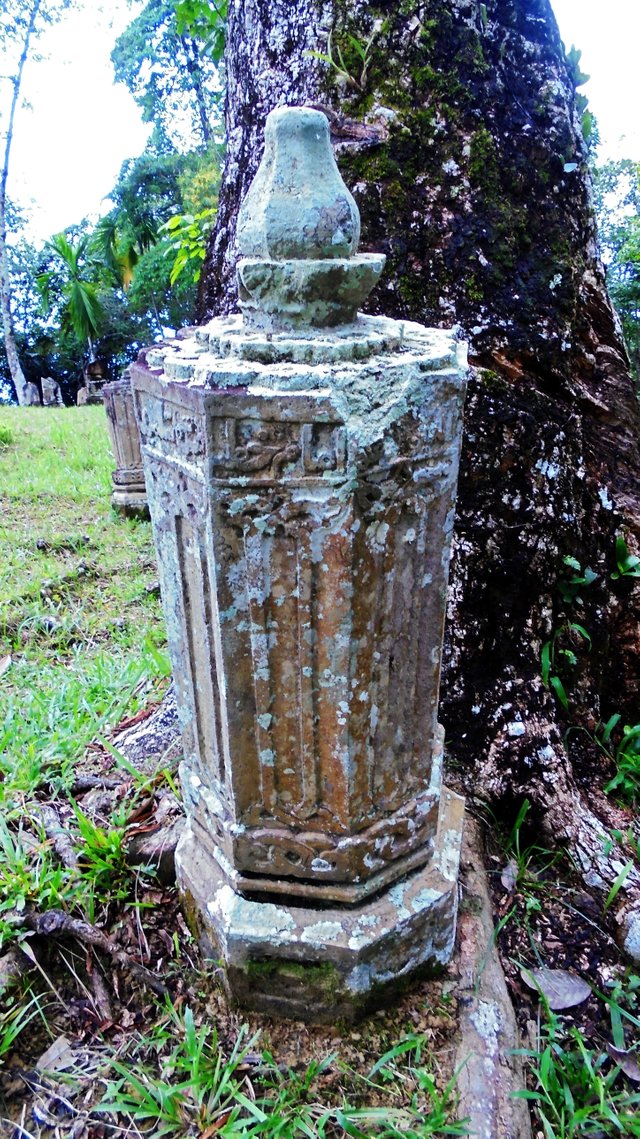
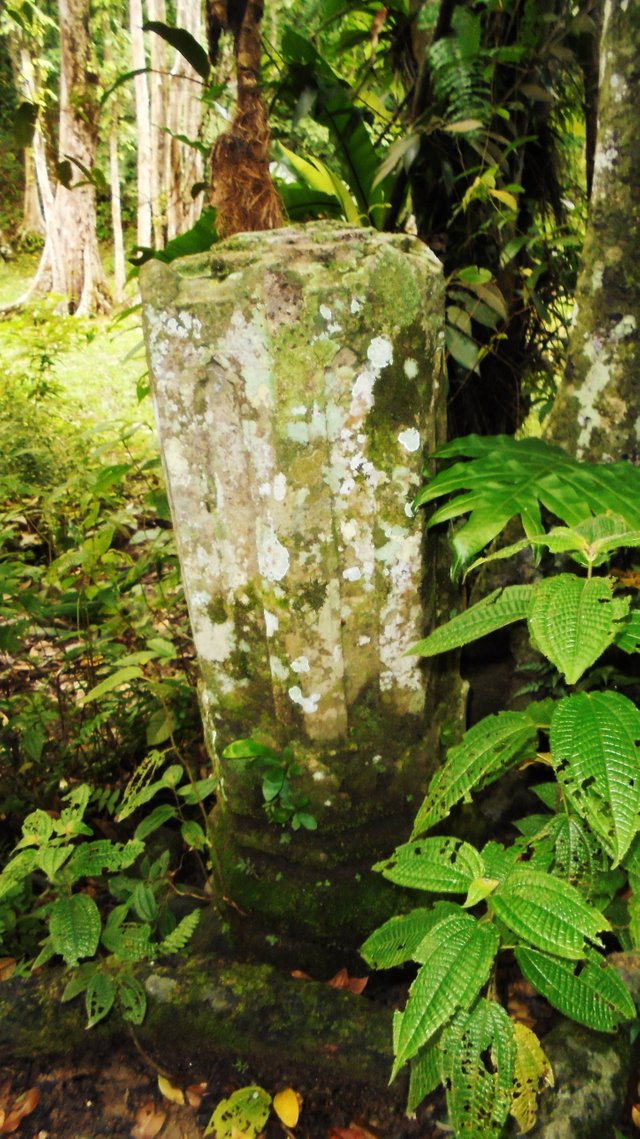


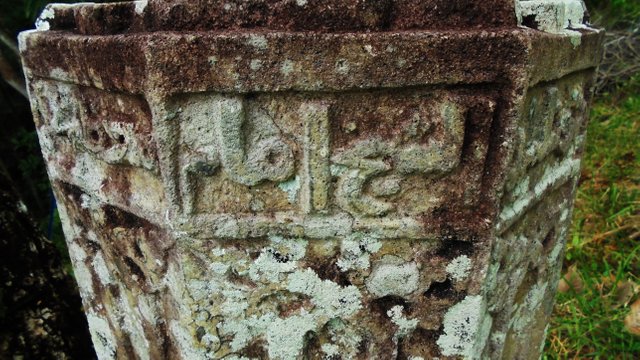
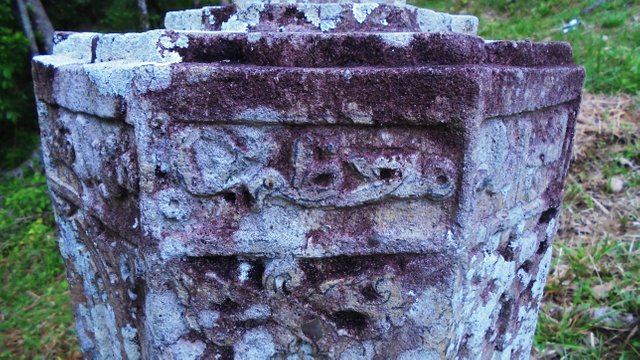



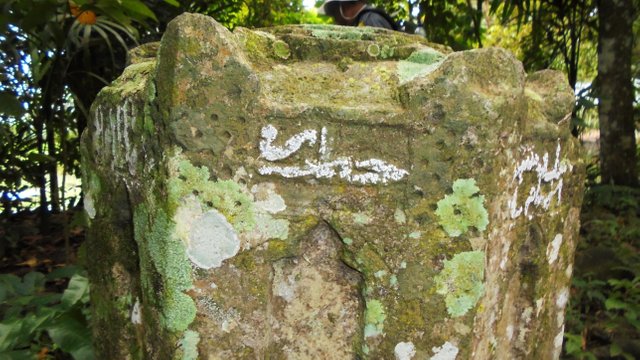
Symbol of our civilisation
Aceh contains pearl history
ya... thanks for comment.
Biology of an ideal teacher
They're really beautiful! Imagine how heavy they must weight and how hard it would be to position them!
Thanks for sharing, nice info. Just let me know when you get a new one
Pliss vot me.